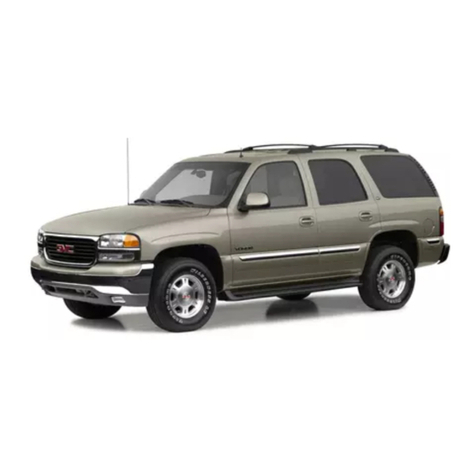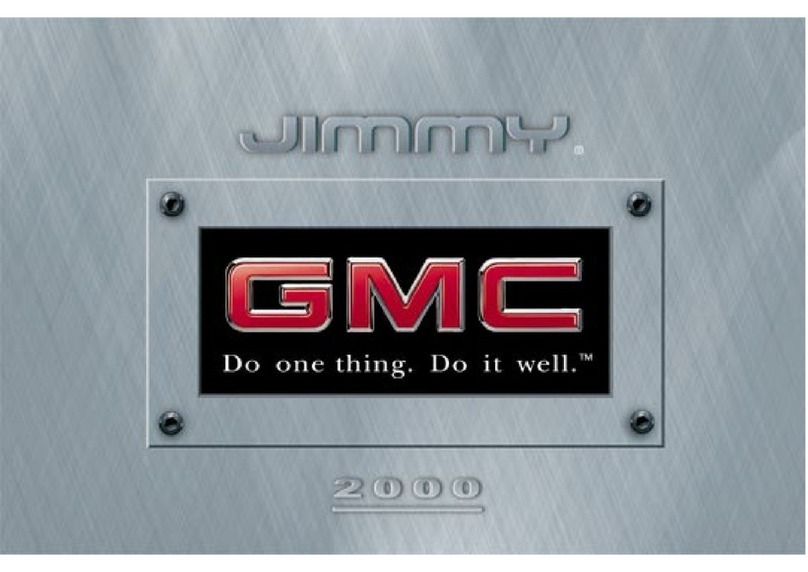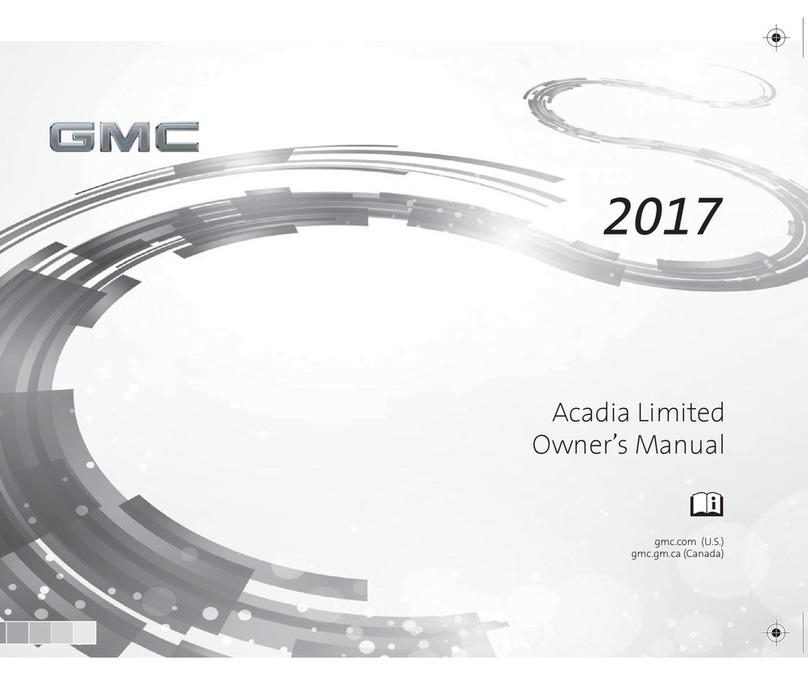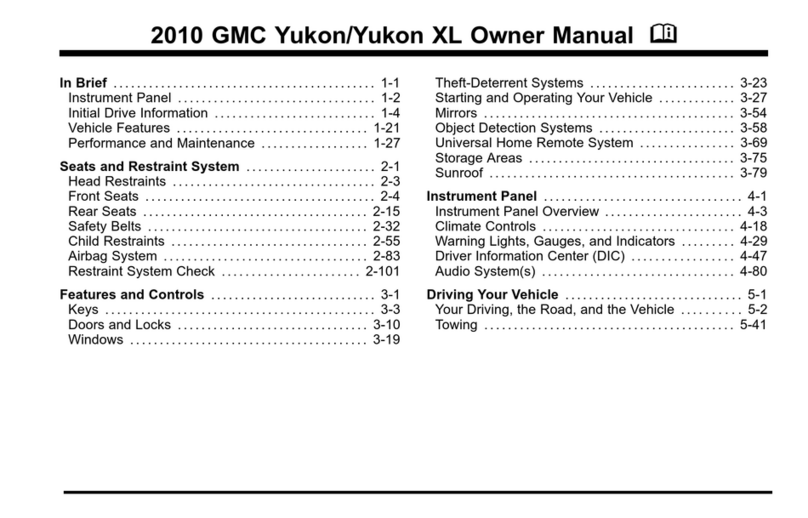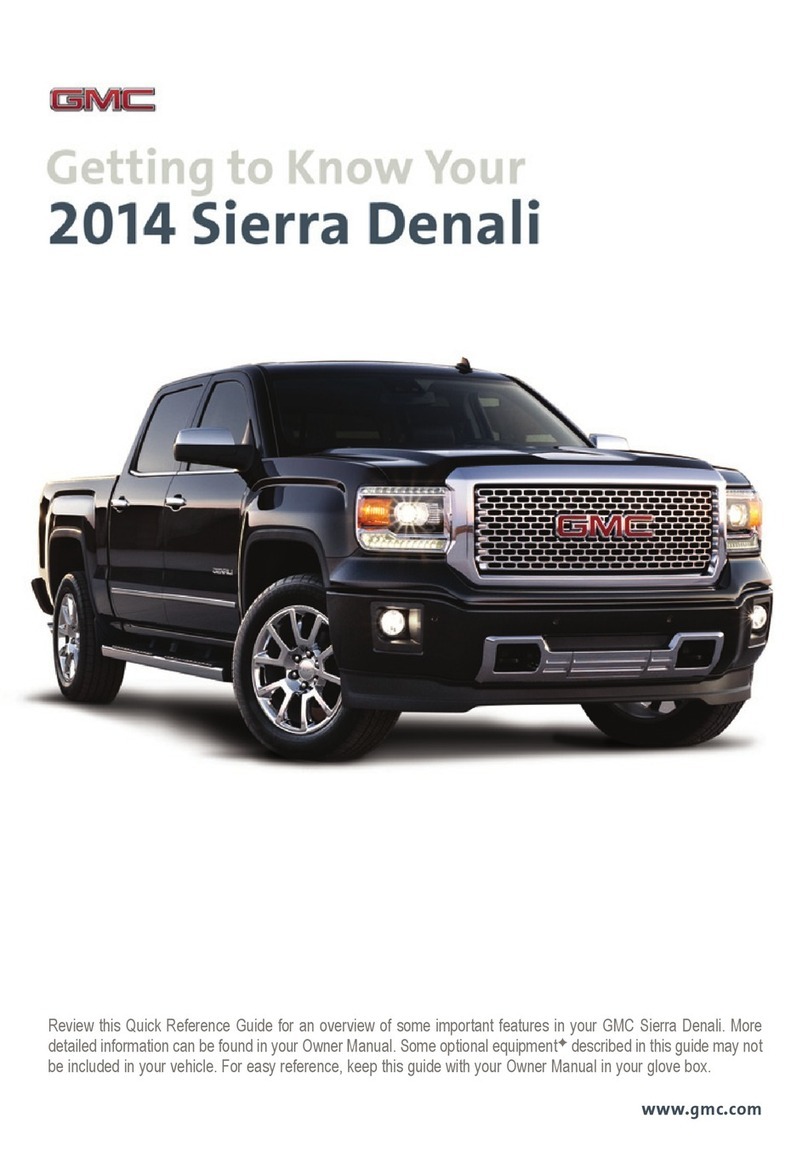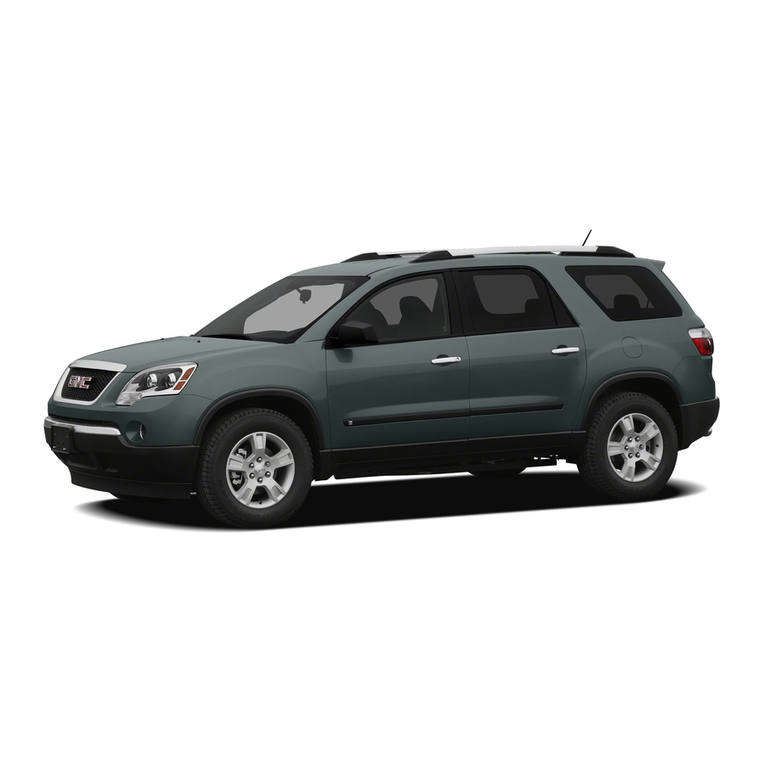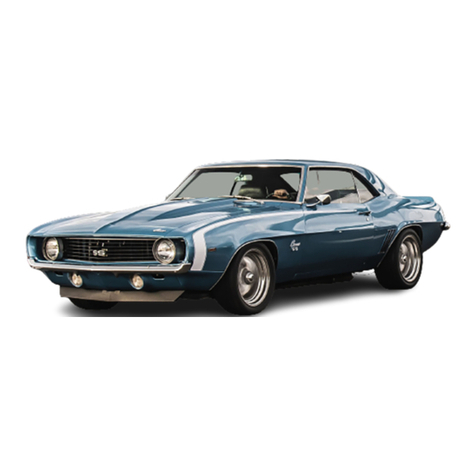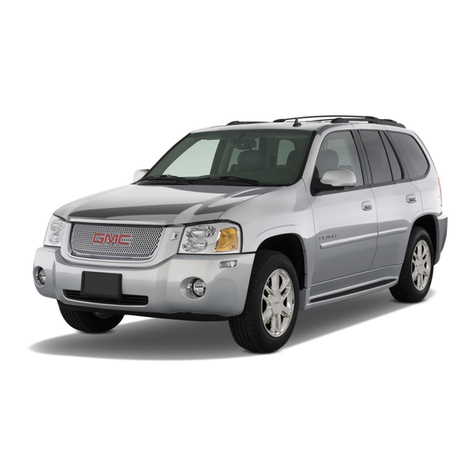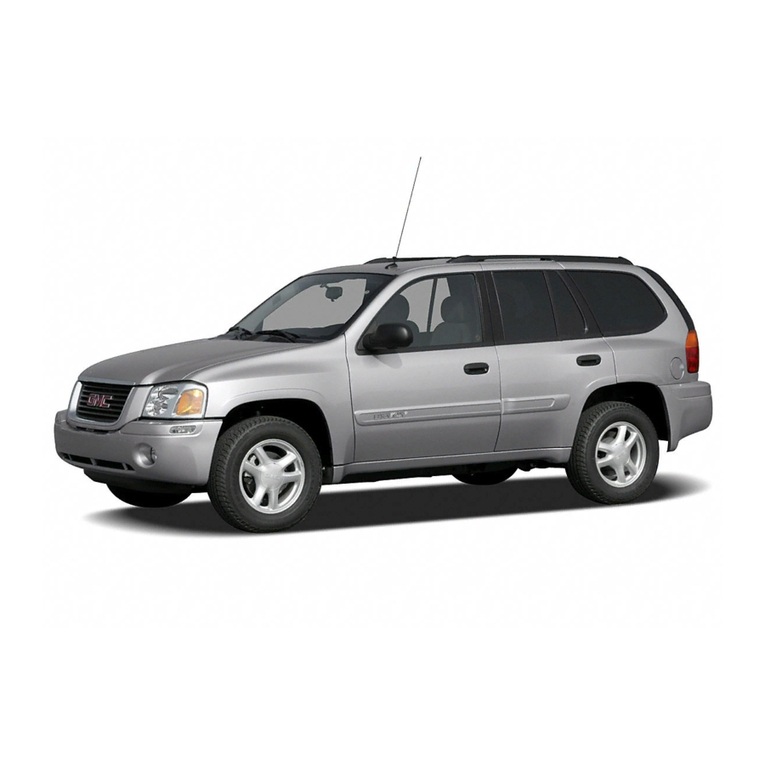Front Seats ......................................................1-2
Manual Seats ................................................1-2
Power Seat ...................................................1-3
Manual Lumbar ..............................................1-3
Reclining Seatbacks ........................................1-4
Head Restraints .............................................1-5
Rear Seats .......................................................1-6
Bench Seat ...................................................1-6
Bucket Seats ...............................................1-12
Safety Belts ...................................................1-12
Safety Belts: They Are for Everyone ................1-12
Questions and Answers About Safety Belts ......1-17
How to Wear Safety Belts Properly .................1-18
Driver Position ..............................................1-18
Shoulder Belt Height Adjustment .....................1-25
Safety Belt Use During Pregnancy ..................1-26
Right Front Passenger Position .......................1-26
Rear Seat Passengers ..................................1-26
Center Rear Passenger Position .....................1-29
Rear Safety Belt Comfort Guides for Children
and Small Adults .......................................1-30
Safety Belt Extender .....................................1-32
Child Restraints .............................................1-33
Older Children ..............................................1-33
Infants and Young Children ............................1-35
Child Restraint Systems .................................1-41
Where to Put the Restraint .............................1-44
Top Strap ....................................................1-45
Top Strap Anchor Location .............................1-47
Lower Anchorages and Top Tethers for
Children (LATCH System) ...........................1-49
Securing a Child Restraint Designed for the
LATCH System .........................................1-51
Securing a Child Restraint in a Rear Outside
Seat Position ............................................1-52
Securing a Child Restraint in a Center Rear
Seat Position (Bench Seat) .........................1-53
Securing a Child Restraint in the Right Front
Seat Position ............................................1-55
Airbag System ...............................................1-58
Where Are the Airbags? ................................1-60
When Should an Airbag Inflate? .....................1-61
What Makes an Airbag Inflate? .......................1-62
How Does an Airbag Restrain? .......................1-62
What Will You See After an Airbag Inflates? .....1-62
Servicing Your Airbag-Equipped Vehicle ...........1-64
Adding Equipment to Your Airbag-Equipped
Vehicle ....................................................1-65
Restraint System Check ..................................1-65
Checking Your Restraint Systems ...................1-65
Replacing Restraint System Parts
After a Crash ............................................1-66
Section 1 Seats and Restraint Systems
1-1






